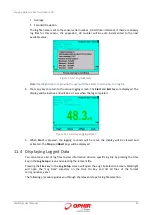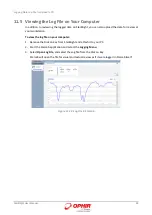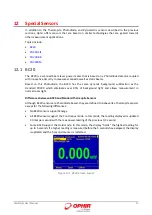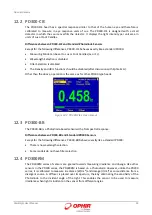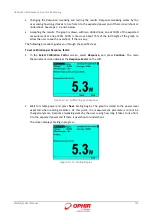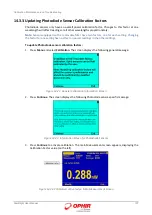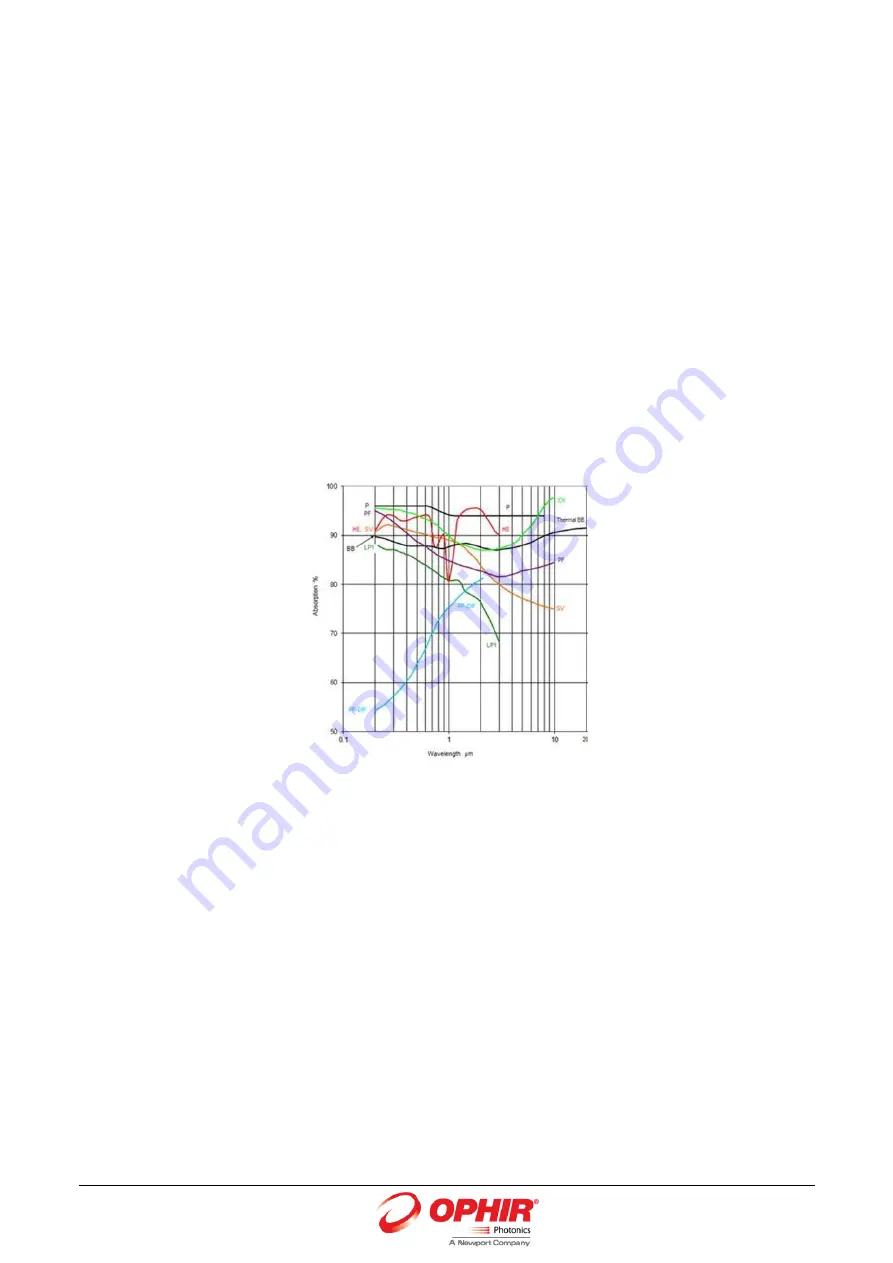
Calibration, Maintenance, and Troubleshooting
StarBright User Manual
99
Volume Absorbers
P (Pulse) Absorber
The P type absorbers are models marked with the P suffix, are for use with pulsed lasers, and have
a special absorbing glass with an absorbance of 95 ±2% over the operating range. Since the surface
is a glass, its reflectivity does not change even if damaged or melted locally. See
HE (High Energy) Absorber
The HE type has a particularly high damage threshold for pulsed and repetitively pulsed lasers of
both the short and long pulse variety and is useful where the highest pulse energies and average
powers are used.
PF (High Energy High Average Power) Absorber
The newest PF type absorber has a high damage threshold for short pulses and can stand relatively
high average power density as well. In addition it is able to be deposited on large areas so it is the
absorber of choice for many applications.
Figure
14-1 Absorption vs. Wavelength of Various Thermopile Sensor Absorbers
Ophir power/energy meters with the Broadband, P or PF type absorbers are individually calibrated
by laser at several wavelengths against a NIST calibrated standard meter. The meter can be
switched to give the exact calibration at the various wavelengths (532, 1064, and, where
applicable, CO2). Since the sensitivity changes little with wavelength, the user can use the settings
closest to the calibration wavelength with little error.
The EX type detector is calibrated in the UV at 248nm to cover the entire UV range from 193 to
400nm.
14.2.3
Linearity and Accuracy of Ophir Thermopile Sensors
Linearity
The linearity of most Ophir Thermopile detectors is specified to be 1% over the specified power
range of each particular instrument and is tested by Ophir from time to time. The linearity is
generally tested against another sensor that has been NIST tested for linearity. For those models
for which the linearity is not tested over their entire range, randomly chosen sample models are



